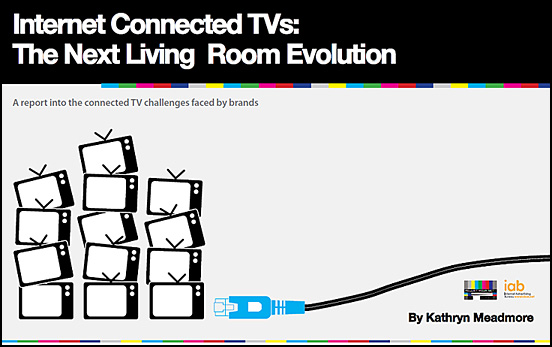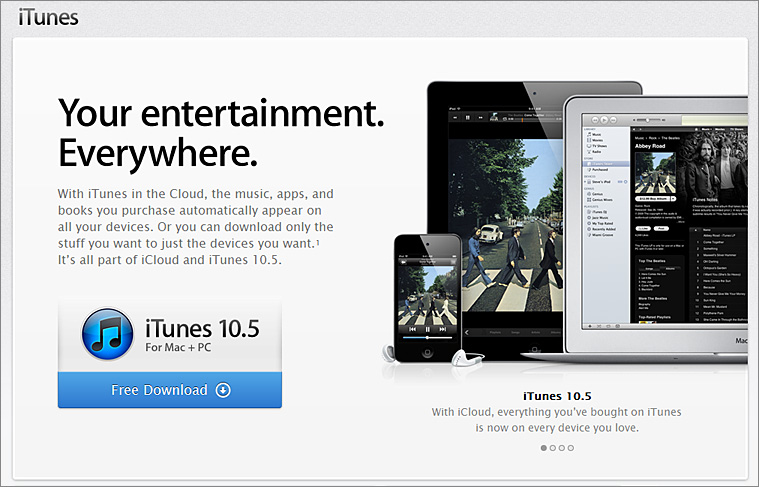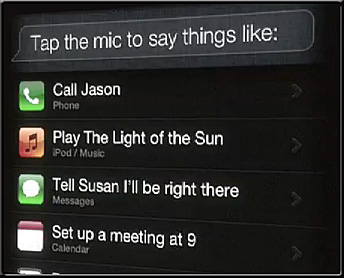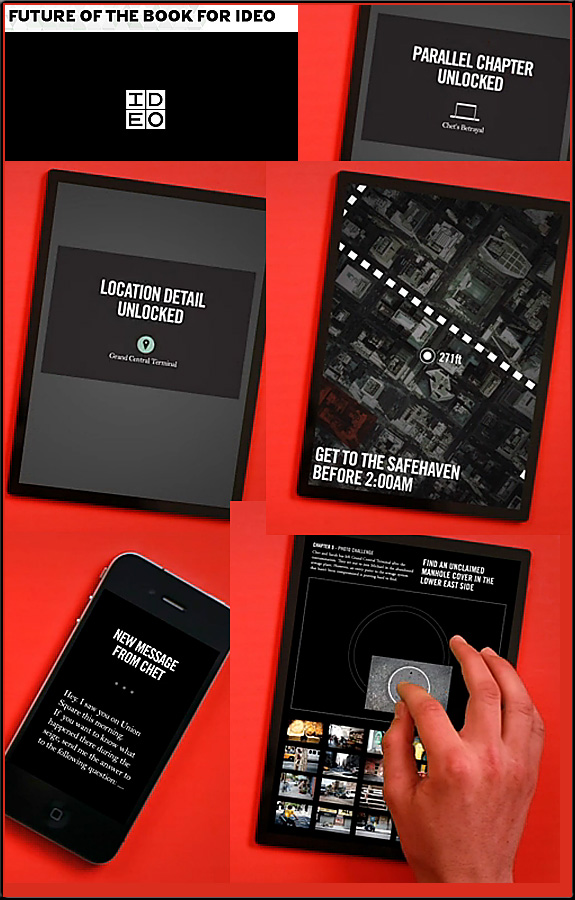Excerpt:
A REVOLUTION IN PERCEPTION is in the air, a transformation decades in the making. It will require a radical shift in viewpoint, as the way we experience data and information revolves 90 degrees from our traditional bird’s-eye view of maps, paper and screens to a more natural cinematic vision of the real world, one overlaid with digital information virtually attached to specific places.
And while augmented reality may still be in its infancy – with smartphone viewfinders displaying floating objects that are only vaguely connected to real places – don’t let that fool you.
The changes could reach far beyond mobile broadband and potentially be as profound as the development of the World Wide Web, says Michael Liebhold of the Institute for the Future. Liebhold forecasts that within five to 10 years, “the unadorned world will be history,” and our reality will have become a mix of the real and the digital. Telecom companies need to be ready, he says, to meet the demands of networks in which we are connected right before our eyes.
.









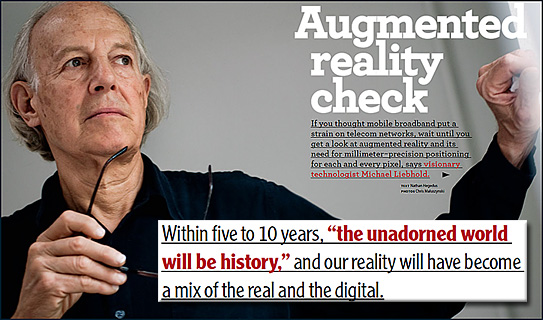
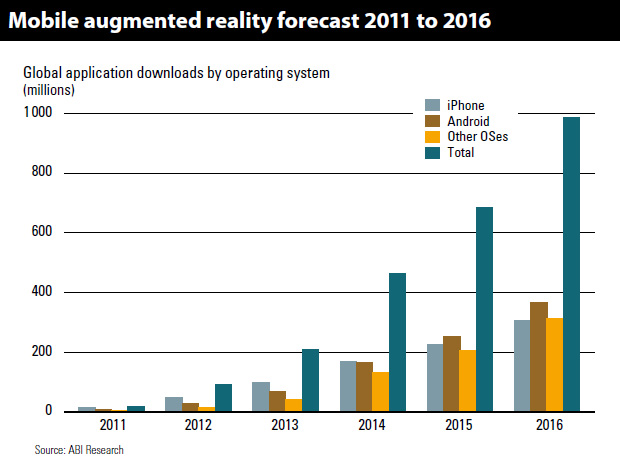
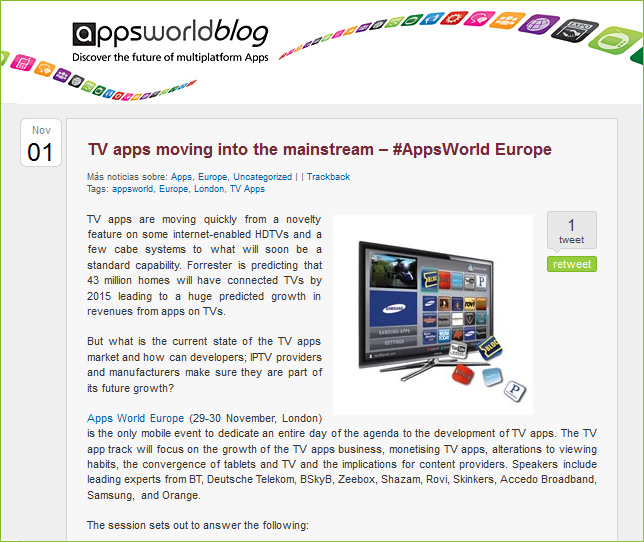
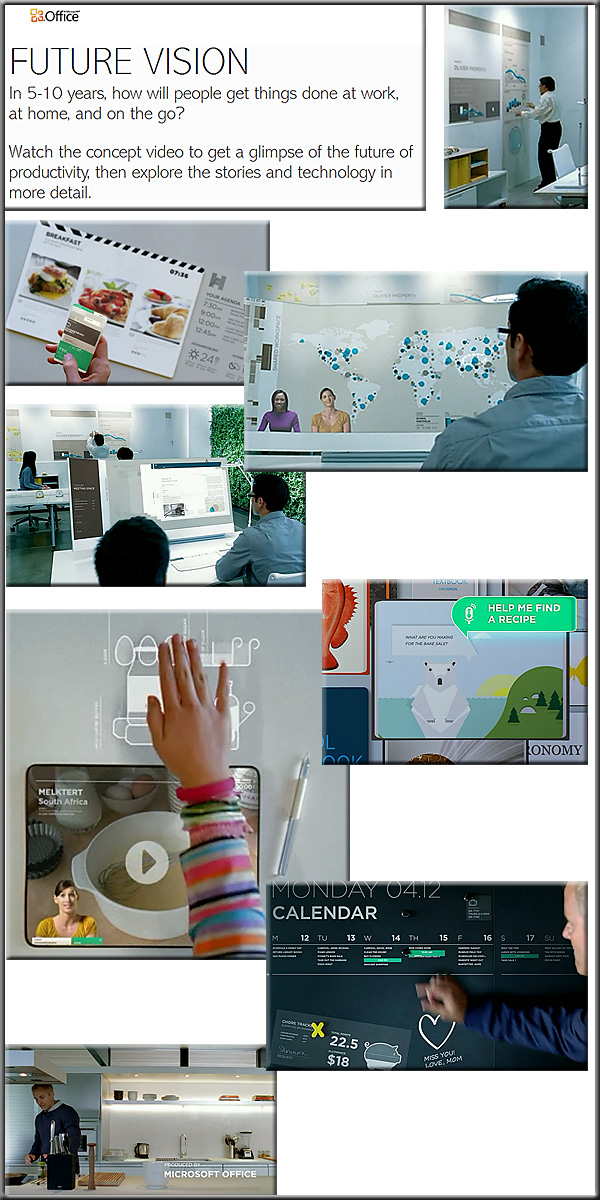
 “I finally cracked it,” Steve Jobs told his biographer Walter Isaacson just months before his death. He was referring to the design and functionality of television, something Jobs had long wanted his company to reimagine.
“I finally cracked it,” Steve Jobs told his biographer Walter Isaacson just months before his death. He was referring to the design and functionality of television, something Jobs had long wanted his company to reimagine.
